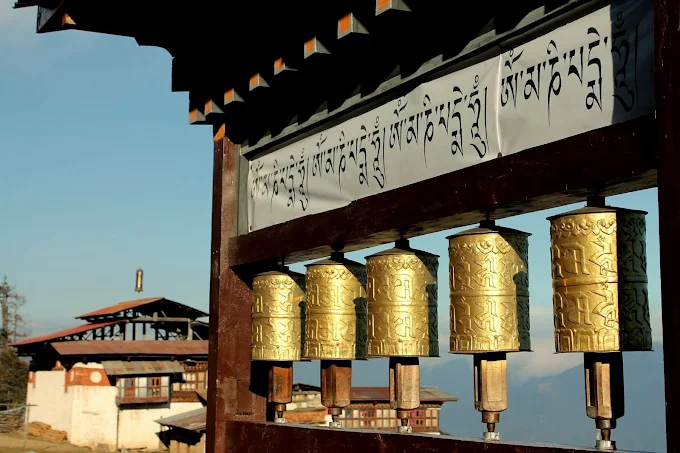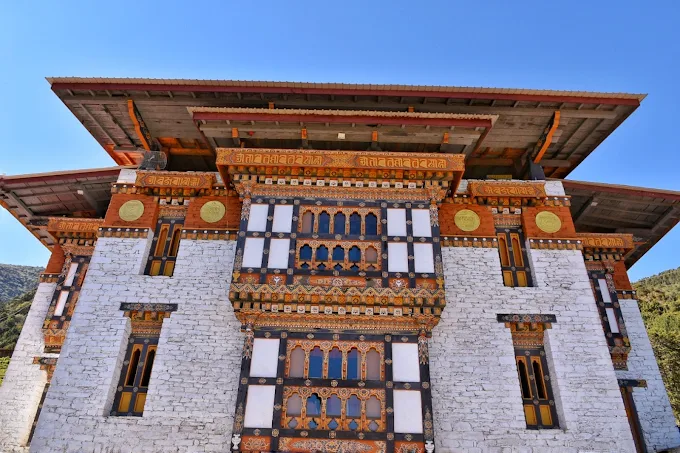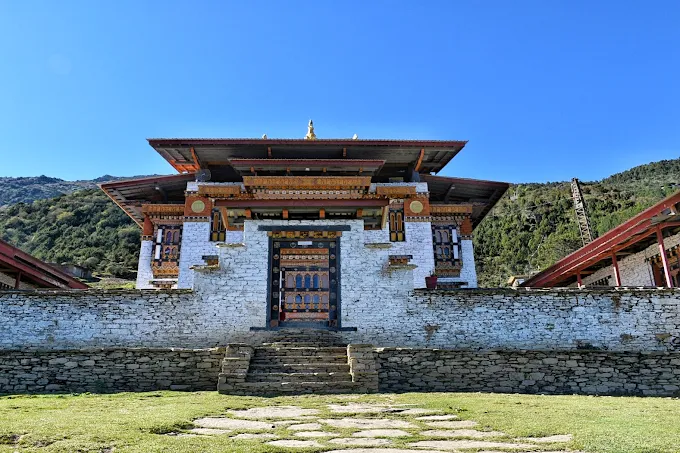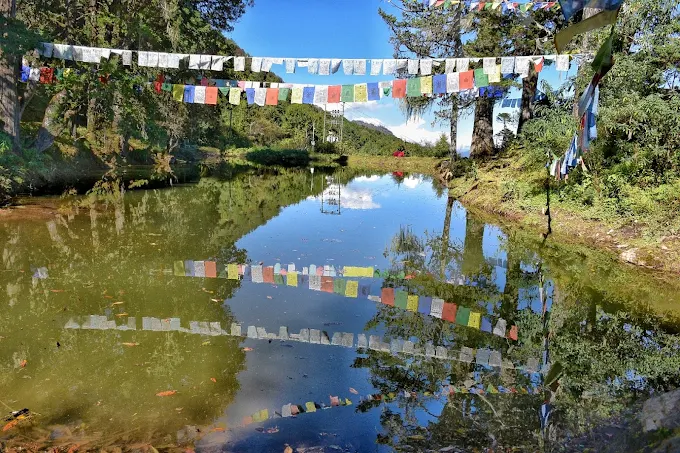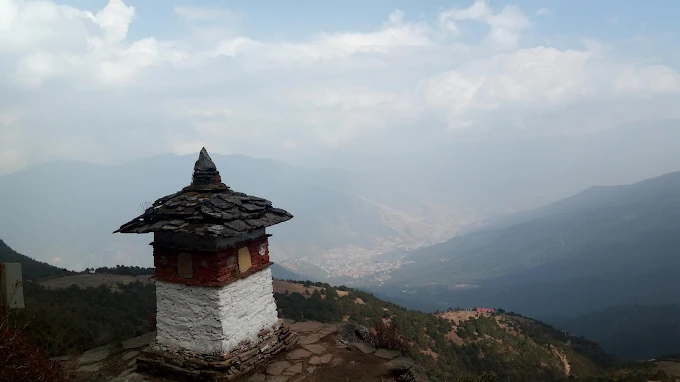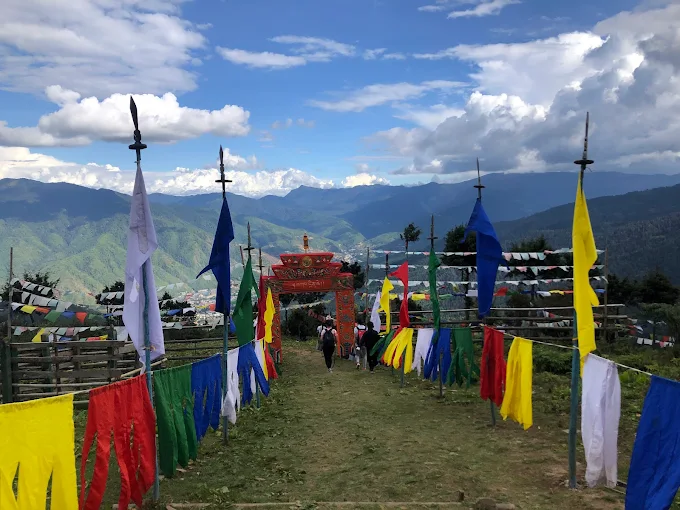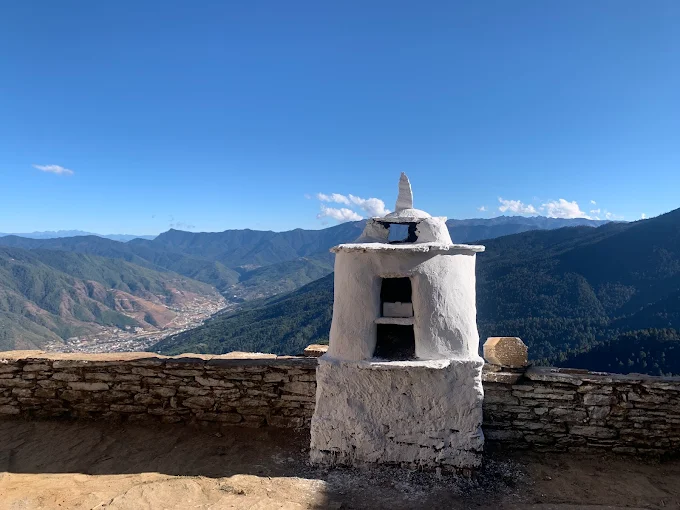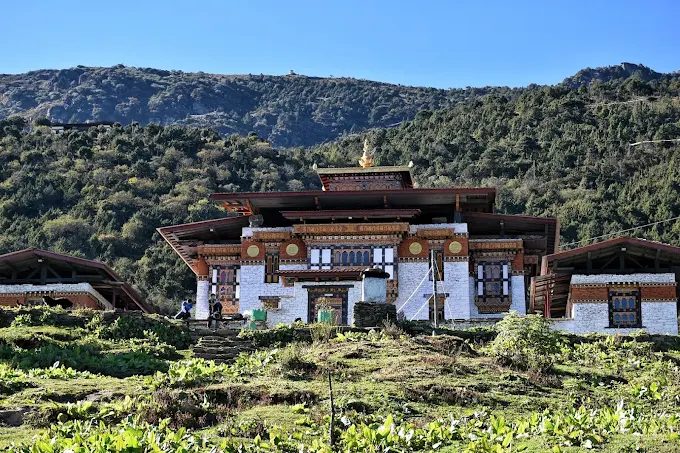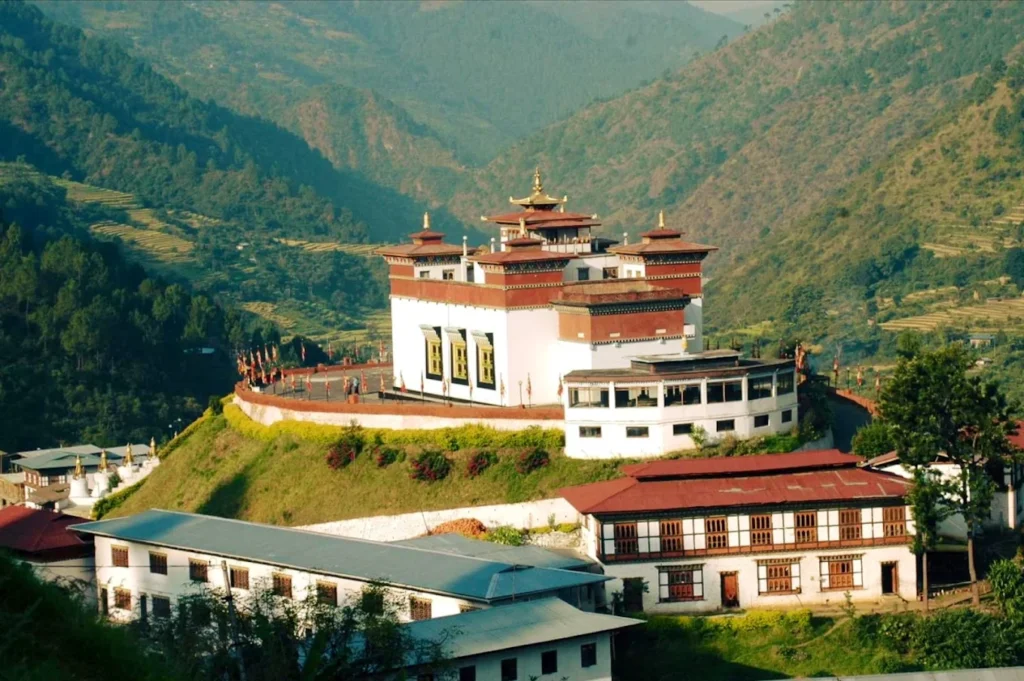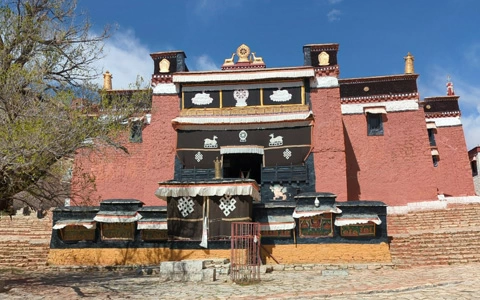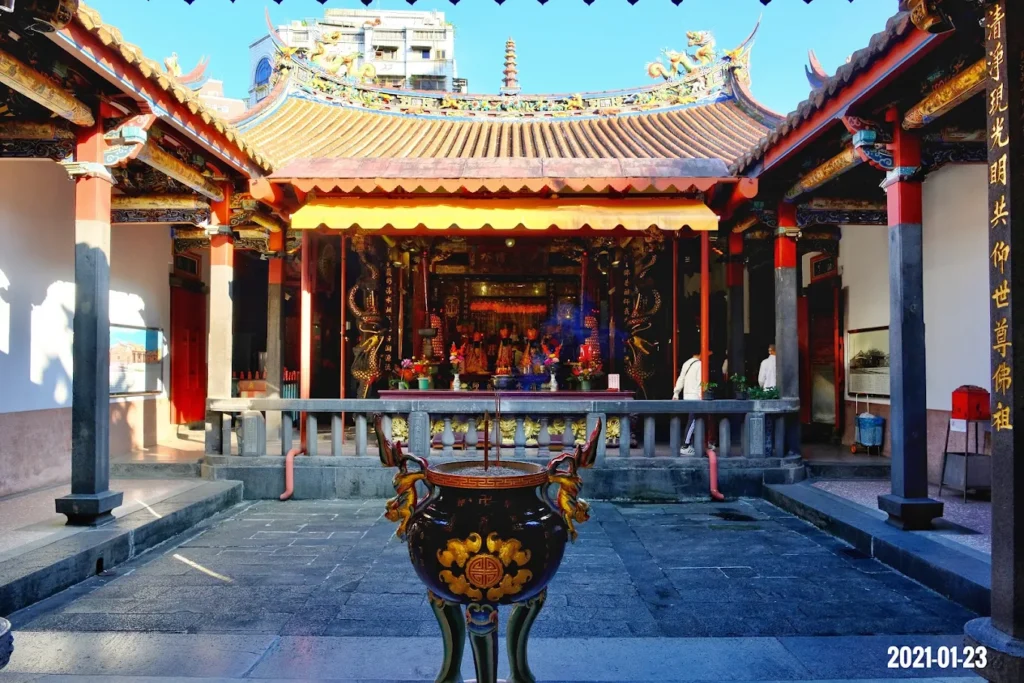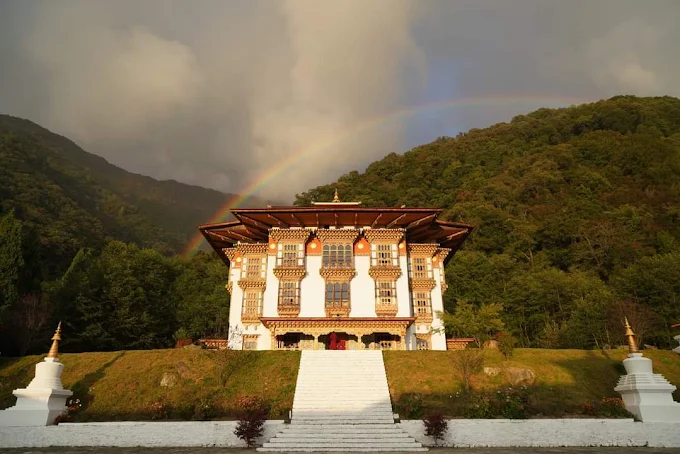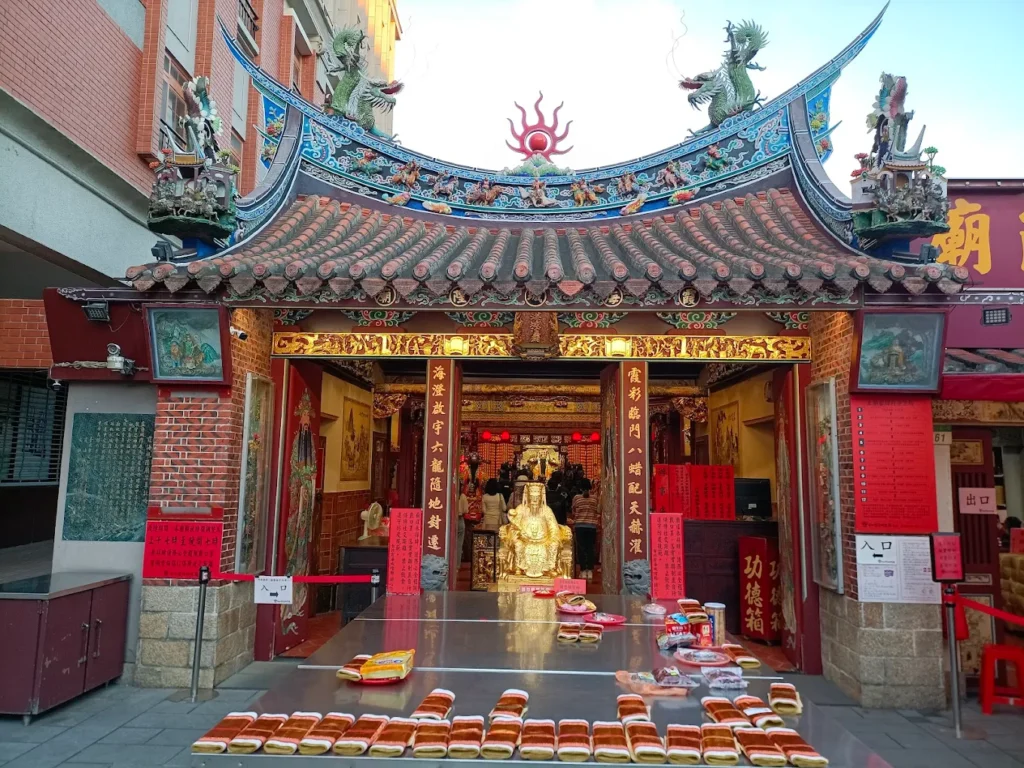Phajoding Monastery: The Sacred Heights of Thimphu’s Drukpa Kagyu Retreat
High above Thimphu’s verdant valley, where wisps of mist curl through ancient pines, Phajoding Monastery clings to a mountainside at 3,600 meters, its whitewashed walls glowing under dawn’s first light. In the main temple (lhakhang), young monks chant the Chenrezig mantra, their voices mingling with the wind’s soft howl. Founded in the 13th century by Phajo Drugom Zhigpo, this Drukpa Kagyu retreat, one of Bhutan’s 12 sacred sites, hums with meditative stillness, nurturing monks and hermits in pursuit of enlightenment. The sacred lake of Tsom Tsho and meditation caves dotting the slopes amplify its spiritual aura. Each butter lamp lit honors Guru Rinpoche, whose legacy permeates the monastery’s rugged sanctuary. From its perch, Thimphu’s tapestry unfolds below, tying devotion to Bhutan’s Himalayan heart. This sacred haven beckons travelers, seekers, and scholars to ascend its trails and embrace the silence of Drukpa Kagyu wisdom.
Whispers of the Mountains: Overview and Significance
Introduction to Phajoding Monastery
Phajoding Monastery, perched on a mountainside above Thimphu Dzongkhag in Bhutan, is a revered Drukpa Kagyu Buddhist retreat, renowned for its high-altitude serenity and role as a meditation sanctuary. Accessible via a 3-4 hour hike from Thimphu’s Motithang, it offers a tranquil escape where the clamor of modernity fades into pine-scented breezes. Named for its founder, Phajo Drugom Zhigpo, the monastery embodies Bhutan’s spiritual heritage, fostering contemplation and training for young monks. A cultural and sacred pinnacle, Phajoding weaves meditation, history, and Himalayan reverence into a timeless refuge.
Historical Journey
Phajoding Monastery was established in the 13th century by Phajo Drugom Zhigpo, a Tibetan lama who spread Drukpa Kagyu teachings across Bhutan. By the 16th century, it grew as a meditation center under Zhabdrung Ngawang Namgyal’s patronage, with Thuji Lhakhang as its core. Expanded in the 18th century, it housed numerous lhakhangs and retreat caves. Despite periods of neglect, recent restorations since 2010, supported by Bhutanese monastic communities, have revitalized its role as a training and retreat hub, enduring through centuries of Himalayan solitude.
Cultural Significance
- Drukpa Kagyu Devotion: Rooted in the Drukpa Kagyu lineage, the monastery centers on Guru Rinpoche and Chenrezig, emphasizing meditation and compassion.
- Bhutanese Heritage: A spiritual anchor for the Bhutanese, it preserves rituals like mantra recitation and tsechu ceremonies, reflecting national identity.
- Meditation Legacy: Its caves and lhakhangs are sacred for hermits and monks, fostering Bhutan’s meditative tradition.
- Regional Influence: Pilgrimages draw devotees from Thimphu and western Bhutan, uniting communities in shared faith.
Unique Legacy
- High-Altitude Sanctuary: At 3,600 meters, Phajoding’s rugged setting amplifies its meditative focus, unique among Bhutan’s monasteries.
- Sacred Sites: The Tsom Tsho lake and meditation caves, linked to Guru Rinpoche, hold spiritual potency.
- Monastic Training: It nurtures young monks, ensuring Drukpa Kagyu continuity.
- Himalayan Symbol: Its resilience reflects Bhutan’s spiritual fortitude.
Community and Global Impact
- Local Devotion: The monastery hosts retreats and festivals, strengthening Bhutanese Buddhist bonds.
- Pilgrimage Hub: Hundreds visit annually, drawn by its sacred caves and serene trails.
- Global Appeal: International meditators and trekkers seek its tranquil isolation.
- Cultural Dialogue: Shared rituals unite Bhutanese and global visitors, fostering understanding.
Modern Relevance
- Spiritual Retreat: In a connected world, Phajoding offers solitude for mindfulness.
- Cultural Preservation: It safeguards Drukpa Kagyu practices, ensuring Bhutan’s Buddhist heritage thrives.
- Environmental Harmony: Its pristine setting promotes Himalayan conservation.
Historical Anecdotes
- Founder’s Vision: Phajo’s 13th-century pilgrimage established Phajoding as a sacred site.
- Zhabdrung’s Patronage: 17th-century support cemented its meditative role.
- Restoration Efforts: Community-driven rebuilding since 2010 revived its vibrancy.
Social Role
- Community Hub: Retreats and tsechus unite Thimphu’s Buddhists.
- Educational Center: Monks train in Buddhist philosophy and rituals.
- Charitable Spirit: Communal feasts reflect Drukpa Kagyu’s compassion.
Artistic Influence
- Thangka Art: Monastery murals inspire Bhutanese artists, depicting Guru Rinpoche.
- Cultural Icon: Phajoding’s mountain silhouette graces local imagery.
- Festival Art: Ceremonial masks and cham dances showcase Bhutanese craftsmanship.
Phajoding Monastery’s windswept perch above Thimphu weaves a narrative of devotion that transcends centuries, its lhakhangs and caves bearing witness to Bhutan’s Drukpa Kagyu legacy. From Phajo Drugom Zhigpo’s founding to its modern role as a meditation retreat, the monastery’s history pulses with spiritual resilience, uniting monks and pilgrims in pursuit of enlightenment. Its sacred landscape, from Tsom Tsho’s tranquil waters to the rugged trails, sets the stage for an architectural tapestry that mirrors its Himalayan soul. As we explore its physical and spiritual features, Phajoding’s design reveals how its austere beauty nurtures profound contemplation.
Crafted by the Himalayas: Architectural and Spiritual Features
Iconic Design
Phajoding Monastery’s architecture blends Bhutanese Drukpa Kagyu simplicity with its high-altitude setting, creating a sanctuary that harmonizes with Thimphu’s rugged mountains. Whitewashed stone walls and wooden roofs, adorned with prayer flags, cling to the 3,600-meter slopes, reflecting Buddhist humility. The layout, centered on Thuji Lhakhang, prioritizes meditative function, with scattered lhakhangs and caves fostering solitude. Its elevated perch, overlooking Thimphu’s valley, amplifies spiritual focus, tying the monastery to Bhutan’s Himalayan ethos.
Key Structures
- Thuji Lhakhang: The main temple, housing Guru Rinpoche’s statue, serves as the spiritual core.
- Secondary Lhakhangs: Smaller temples, like Pelphu and Tsheringma, honor local deities.
- Meditation Caves: Ancient caves, used by Phajo and later hermits, dot the slopes.
- Monastic Quarters: Stone dormitories for young monks, rebuilt in 2010.
- Chorten Cluster: Stupas near Tsom Tsho lake, commemorating lamas.
- Prayer Wheel House: A small structure with mani wheels, spun by pilgrims.
Worshipped Statues
- Guru Rinpoche (Padmasambhava): A bronze statue in Thuji Lhakhang, depicting meditation, embodies spiritual guidance.
- Chenrezig (Avalokitesvara): A white stone statue, symbolizing compassion, radiates serenity.
- Tara (Drolma): A green jade statue, revered for protection, flanks the altar.
- Spiritual Role: Monks offer butter lamps to Guru Rinpoche and Chenrezig, seeking wisdom and compassion.
Materials and Techniques
- Construction: Local stone and timber, joined with Bhutanese techniques, withstand harsh winters.
- Artistry: Thangka murals and wooden carvings, crafted by Bhutanese artisans, reflect Drukpa Kagyu symbolism.
- Cultural Essence: The design prioritizes meditative austerity, distinct from ornate dzongs.
Signature Elements
- Tsom Tsho Lake: A sacred lake near the monastery, linked to Guru Rinpoche’s miracles.
- Meditation Caves: Ancient retreats amplify spiritual potency.
- Prayer Flags: Fluttering flags, strung across slopes, carry prayers skyward.
Lesser-Known Features
- Ancient Murals: Faded thangkas in Thuji Lhakhang depict Guru Rinpoche’s life.
- Hidden Relic: A stone footprint in a cave, attributed to Phajo Drugom Zhigpo.
- Old Mani Stone: A carved stone near the chortens, etched with prayers.
Preservation Efforts
- Restoration (2010–2015): Community efforts rebuilt lhakhangs and dormitories.
- Challenges: Harsh weather erodes stonework, requiring ongoing care.
- Modern Additions: Solar panels provide minimal lighting for evening prayers.
Environmental Integration
- Mountain Harmony: The monastery’s design respects Thimphu’s alpine ecosystem.
- Eco-Practices: Monks maintain trails and protect Tsom Tsho, honoring nature.
- Wildlife Haven: Yaks and birds thrive nearby, enhancing serenity.
Artisan Narratives
- Mural Painters: Thimphu artisans restored thangkas, preserving sacred art.
- Stone Masons: Local craftsmen rebuilt dormitories, blending tradition and durability.
- Flag Weavers: Nuns crafted prayer flags, embedding blessings in each stitch.
Symbolic Details
- Prayer Flags: Five colors symbolize elemental balance.
- Chortens: Represent the Buddha’s mind, guiding pilgrims.
- Thangka Murals: Depict enlightenment’s path, inspiring meditation.
Landscape Integration
- Mountain Slopes: The monastery’s perch enhances meditative focus.
- Tsom Tsho: The lake’s tranquility mirrors inner calm.
- Pine Forests: Provide solitude and spiritual resonance.
Phajoding’s rugged lhakhangs and sacred caves, carved into Thimphu’s mountains, are more than physical structures; they are sanctuaries for the Drukpa Kagyu practices that define its soul. The statues of Guru Rinpoche and Chenrezig, illuminated by butter lamps, anchor rituals that connect monks to Bhutan’s spiritual lineage. These sacred spaces, alive with chants and silence, invite visitors to engage with the monastery’s living traditions. As we explore its rituals, Phajoding’s role as a meditative retreat comes to life, guiding devotees toward inner peace.
Rites of the Silence: Rituals and Practices
Daily Sacred Rites
- Morning Chanting: Monks recite the Chenrezig mantra at dawn, fostering compassion.
- Meditation Sessions: Silent meditation, held thrice daily, centers on Dzogchen practices.
- Butter Lamp Offerings: Devotees light lamps before Guru Rinpoche, praying for wisdom.
Unique Practices
- Chod Ritual: Monks perform tantric rites in caves, cutting ego attachments, a Drukpa Kagyu specialty.
- Tsom Tsho Offerings: Milk and flowers are offered at the sacred lake, honoring local deities.
- Signature Ritual: Spinning mani wheels near Thuji Lhakhang, tied to the monastery’s meditative focus.
Festival Traditions
- Drukpa Tshechu (10th day, 8th lunar month): Cham dances and Guru Rinpoche offerings draw pilgrims.
- Lhabab Duchen: Ceremonies honor the Buddha’s descent, with chorten circumambulation.
- Losar (Bhutanese New Year): Monks perform purification rites, blessing visitors.
- Statue Veneration: Guru Rinpoche’s statue is adorned with silk during festivals.
Visitor Engagement
- Accessible Rituals: Visitors can join morning chants or spin mani wheels, guided by monks.
- Offerings: Butter lamps and prayer flags, available at the monastery, invite participation.
- Drukpa Etiquette: Bow before statues and avoid loud speech, signaling respect.
Spiritual Community Roles
- Monastics: Over 50 young monks lead rituals and train in Buddhist philosophy.
- Hermits: Reclusive lamas meditate in caves, guiding advanced practitioners.
- Lay Devotees: Thimphu villagers maintain trails and offer supplies.
Interfaith Connections
- Syncretic Practices: Some blend Buddhist rites with Bon offerings, honoring local spirits.
- Outreach: Festivals welcome diverse faiths, fostering unity.
- Education: Monks share Drukpa Kagyu teachings with visitors.
Ritual Symbolism
- Butter Lamps: Represent wisdom dispelling ignorance.
- Mani Wheels: Symbolize the spread of dharma.
- Cham Dances: Enact spiritual victory over obstacles.
Seasonal Variations
- Summer Rites: Vibrant with wildflowers, ideal for Drukpa Tshechu.
- Winter Retreats: Harsh weather enhances cave meditation focus.
- Monsoon Chants: Rain amplifies mantra resonance.
Monastic Life
- Daily Routine: Monks rise at 4:00 AM for chants, meditation, and study.
- Community Service: Monks guide pilgrims and maintain lhakhangs.
- Training Hub: Young monks learn tantric rituals and Dzogchen meditation.
Phajoding’s rituals, from the Chenrezig mantra to the sacred Tsom Tsho offerings, breathe life into its windswept slopes, connecting devotees to the Drukpa Kagyu lineage. The monastery’s meditative practices, rooted in Bhutan’s Himalayan faith, invite visitors to engage with its spiritual heart, whether through chants or silent reflection. For travelers, these rites offer a glimpse into Thimphu’s sacred traditions, accessible via the mountain trails. As we turn to visitor information, Phajoding’s high-altitude setting guides practical planning, ensuring a meaningful ascent to this spiritual haven.
Journey to the Heights: Visitor Information
Navigating to Phajoding Monastery
- Location: Mountainside above Thimphu Dzongkhag, 3,600 meters, 3-4 hour hike from Motithang or Sangaygang.
- Landmarks: Near BBS Tower and Motithang Takin Preserve, with trailhead signs in Dzongkha and English.
- Routes: Hike the Phajoding-Pumola Trail from Motithang, or drive to Sangaygang and trek upward.
Address of Phajoding Monastery
- Dzongkha: Phajoding Goenpa, Thimphu Dzongkhag, Bhutan.
- English: Phajoding Monastery, Thimphu District, Bhutan.
Visiting Hours and Etiquette
- Hours: Open daily, 6:00 AM–5:00 PM, with monks available for guidance.
- Etiquette: Dress modestly, remove shoes before lhakhangs, and avoid disturbing meditation.
- Drukpa Custom: Offer butter lamps with both hands and bow to statues.
Transport Options
- By Foot: Hike from Motithang (3-4 hours, moderate difficulty).
- By Taxi: Drive to Motithang trailhead, then trek upward.
- By Horse: Local guides offer pack animals for steep sections, arranged at Motithang.
Accessibility and Safety
- Mobility: Steep trails challenge those with mobility issues; no ramps available.
- Safety: Stable trails with guideposts; carry warm clothing for altitude.
- Tips: Wear sturdy hiking boots and bring water for the ascent.
Amenities and Surroundings
- Facilities: Basic dormitories for pilgrims; no restrooms or shops on-site.
- Nearby: Tashichho Dzong and Changangkha Lhakhang, within 10 km of trailhead, offer cultural experiences.
- Dining: Vegetarian meals at Thimphu’s eateries, like Zombala 2, before trekking.
Immersive Visitor Tips
- Best Timing: Early morning hikes offer clear views and monk chants.
- Sensory Moments: Inhale pine-scented air and hear mantra recitations.
- Statue Connection: Offer butter lamps to Guru Rinpoche and meditate briefly.
- Festival Planning: Attend Drukpa Tshechu for cham dances.
Nearby Cultural Experiences
- Motithang Takin Preserve: View Bhutan’s national animal, 2 km from trailhead.
- Tashichho Dzong: Explore Thimphu’s iconic fortress, 10 km away.
- Buddha Dordenma: A massive statue, 8 km from trailhead, offers panoramic views.
Photography Tips
- Best Angles: Capture Thuji Lhakhang at sunrise for golden light.
- Respectful Shots: Avoid photographing monks during meditation without permission.
- Scenic Views: Tsom Tsho lake offers stunning mountain shots.
- Equipment: A lightweight camera suits the trek.
The ascent to Phajoding Monastery, guided by Thimphu’s rugged trails, is a pilgrimage that blends physical effort with spiritual discovery, inviting visitors to engage with its Drukpa Kagyu traditions. The monastery’s lhakhangs and caves, alive with chants and silence, offer a window into Bhutan’s sacred heart, where enlightenment feels tangible. Beyond its physical isolation, Phajoding’s deeper cultural and spiritual significance enriches the journey, revealing the essence of Himalayan Buddhism. As we explore these insights, the monastery’s role as a beacon of contemplation comes into sharper focus, deepening our connection to its sacred legacy.
Cultural and Spiritual Insights
Drukpa Kagyu Philosophy
Phajoding Monastery embodies Drukpa Kagyu’s core: compassion and wisdom through meditation. Guru Rinpoche and Chenrezig inspire devotees to transcend ego, reflected in chants and retreats. Dzogchen teachings emphasize direct realization of mind’s nature, guiding monks toward enlightenment.
Environmental Spirituality
The monastery’s 3,600-meter perch ties it to Himalayan reverence for nature. Tsom Tsho’s waters and pine forests foster meditative calm, with offerings honoring local deities. The landscape invites reflection on harmony with the natural world.
Artistic Symbolism
Thangka murals depict Guru Rinpoche’s victories, symbolizing spiritual triumph. Prayer flags’ colors balance elements, while chortens represent the Buddha’s mind. These elements weave Drukpa Kagyu ideals into the monastery’s aesthetic.
Community Resilience
Built by Phajo’s devotees, Phajoding reflects Bhutanese perseverance through harsh winters. Its restoration showcases collective faith, sustained by volunteer-led efforts, uniting Thimphu’s Buddhists.
Environmental Stewardship
The monastery’s pristine slopes foster Buddhist environmental ethics. Monks protect Tsom Tsho and trails, ensuring ecological balance. Visitors are urged to honor the Himalayas’ sanctity.
Meditative Practices
Drukpa Kagyu meditation, including Dzogchen and Chod, cultivates awareness. Caves offer spaces for solitary retreats, guided by lamas, amplifying inner peace amidst Thimphu’s peaks.
Cultural Narratives
- Phajo’s Legacy: Tales of his 13th-century miracles fuel devotion.
- Monastic Stories: Monks share cave retreat experiences, linking past and present.
- Festival Lore: Drukpa Tshechu dances carry ancient traditions.
Historical Context
- Drukpa Kagyu Spread: Phajo’s work shaped Bhutan’s Buddhist identity.
- Zhabdrung’s Era: 17th-century patronage strengthened Phajoding’s role.
- Modern Revival: Restorations reflect Bhutan’s cultural continuity.
Reflecting on the Journey
Phajoding Monastery, cradled in Thimphu’s sacred heights, is a sanctuary where silence meets wisdom. Its lhakhangs and caves, alive with Guru Rinpoche’s legacy, embody Bhutan’s Drukpa Kagyu soul, inviting all to seek enlightenment. The monastery’s trails, worn by centuries of pilgrims, tell a story of resilience and devotion, rooted in Himalayan faith. Whether meditating before Chenrezig, gazing at Tsom Tsho’s waters, or tracing Bhutan’s spiritual heritage, visitors find a space to reflect and connect. As you descend, the wind’s whisper and prayer flags’ flutter linger, a reminder that peace is always within reach.
